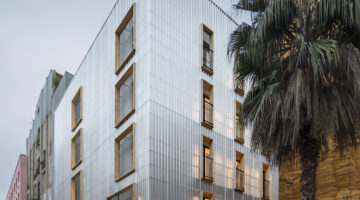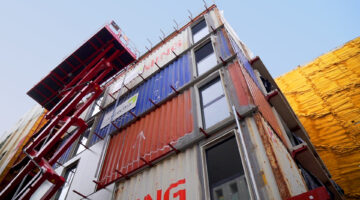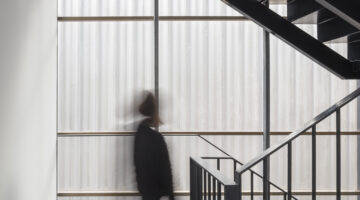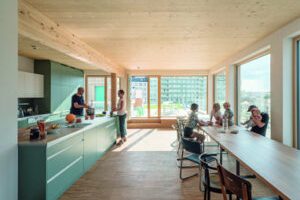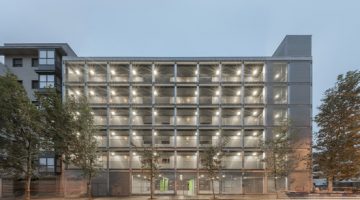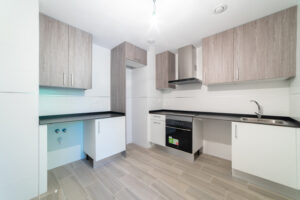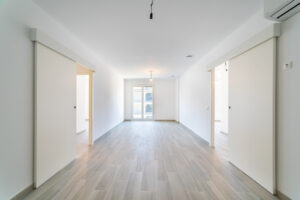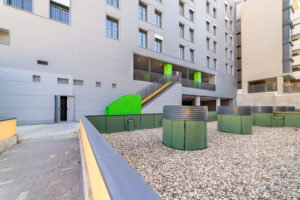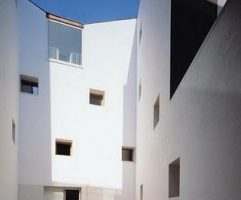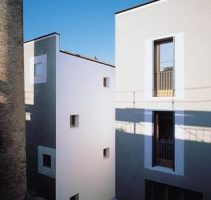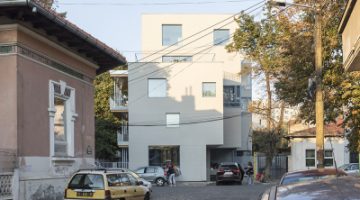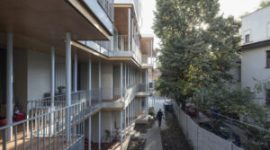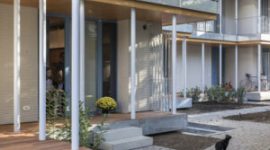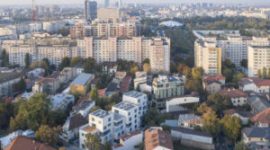Aalborg East - from an isolated vulnerable area to an inclusive community
Main objectives of the project
An isolated an deprived residential area in Denmark's fourth-largest city had, since its construction in the 1960s and 70s, experienced increasing decline and negative spiral. Now, Aalborg East is a mixed community, with a vivid atmosphere and centered on the well-being of its citizens. It has become a story of success in social housing policies in Europe.
Date
- 2023: Ganador
- 2011: Construction
Stakeholders
- Constructor: Himmerland Boligforening
- Promotor: Aalborg Municipality
Location
Country/Region: Denmark
Description
Aalborg East, originally established as a satellite city in the 1970s, faced significant challenges over the past years, characterized by deteriorating old buildings, primarily comprised of social housing, and a declining economy leading to escalating issues of unemployment and crime. Recognizing the urgent need for intervention, a comprehensive urban transformation initiative was launched, encompassing the renovation of over 2,000 affordable homes. This ambitious endeavor was guided by two fundamental principles: the promotion of a diverse community and the active engagement of local residents throughout the process. Thus, homes were renovated, new shops were added, private homes were built and several social initiatives were adopted. Residents sat at the table as urban planners, so no homes have been demolished, and no residents have been displaced.
The whole process has been vastly affected by tenant democracy. There were building committees consisting of tenants, and every major decision was made at attendant meetings. Strong and strategic partnerships with both the public and private sector were also central because a housing association cannot do it all by themselves. For example, construction fields have been sold to private investors to densify some areas with freestanding house blocks and to diversify the economy.
In conclusion, the renovations were completed by using a variety of building types, appealing to a wider residential composition. Moreover, new infraestructure was put in place to foster the new mixed community. For instance, a new health house was built where training courses are in place, which makes the area more visible for people who would not visit Aalborg East daily. It is fair to say that the Danish social housing provider Himmerland Boligforening went further than usual, leading the way in Europe on how to integrate social housing tenants in the strategic city development as well as making them active city planners. The results are astonishing. Now Aalborg East is an area of well-being with safe areas, no crime, and great economic growth.
In 2023, the project won the NEB awards in “Prioritising the places and people that need it the most”.


